Many dog owners struggle with restless, excited dogs. In order for these four-legged friends to rest, a lot is often necessary. Blanket training & rest training helped me a lot. I would like to share this with you today.
- Instagram: maggyswildworld
Finn and me
Every beginning is difficult. Fynn didn't have an easy start in life. He was found in Hungary with his siblings. Someone had abandoned her in the forest. Fynn came to us through a great animal welfare organization.
In the first few weeks Fynn was a typical scared dog. Overwhelmed with everything and everyone. With a lot of patience and the help of our trainer, we overcame these first hurdles.
After our basic training at dog school, we started training in the Korneuburg rescue dog team. Fynn is supposed to be an area search dog and I still have a lot to learn.
Through the rescue dogs I started training Obedience with Fynn and in our free time I do a lot of search games, tricks and dummy training.
Fynn finds it so much fun to always learn something new. That's why I have to continue my training just as much and am very involved in dog training and various dog sports.

Blanket training for more peace in everyday life
Every beginning is difficult, but blanket training can help
Fynn wasn't always calm and composed. At first he was afraid of everything and everyone, then came the arrogance and energy. In order to channel Fynn's energy into pleasant channels, we quickly started blanket training.
I built the “ceiling” command in several steps. As with many tricks or commands, there are several ways your dog can learn this. This is what worked for us.
Before you start blanket training, make sure that your dog has mastered “space” and, if possible, knows a release signal. A marker word or clicker is also helpful. If you want to learn how to use a clicker or condition a marker word, click on this blog article.
You can either start with your dog's regular cookie or a blanket. Once your dog has understood the principle, you can always vary the surfaces.

General exercise routine
First I work with treats and the principle of luring. This means I take a treat in my hand and guide my dog with the treat or throw a treat onto the desired spot. Alternatively, a hand or paw target can also be used.
After the behavior is somewhat established, I start to reduce the treats. To do this, I always don't drop a treat or don't have a treat in my hand and reward from the other hand after the success.
When a step is completed positively, I mark the desired behavior with a clicker or a marker word.
Then I resolve the exercise with our resolution signal. For us it is “Ok”, but I recommend using a word that is not used in everyday life. This will let your dog know that the exercise is over.
This way you can build up the ceiling in a positive way
Step 1: Throw treats onto the blanket
Throw a treat on the blanket and praise your dog as soon as he gets on the blanket. It doesn't matter if one paw or all four are on the blanket.
If your dog is a little more sensitive, you can initially throw the treats to the edge or just in front of the blanket. Be happy every time your four-legged friend touches the blanket or climbs on the blanket.

2nd step: All four paws on the blanket
After your four-legged friend has successfully touched the blanket a few times, you now want more from him. So that he really gets on the blanket with all four paws, throw several treats on the blanket.
As soon as your dog touches the blanket with several paws, you will be happy and can give him additional treats in this position. Start rewarding your Wuffi more and more from your hand and no longer just with treats on the blanket.
If he doesn't find a treat on the blanket, he will keep turning and looking at you. That's exactly when you reward your dog and be happy.

Step 3: Incorporate hand signals and commands
If that works reliably, start saying a command to it. For us it is “ceiling”. Say the word as you toss treats and your dog gets on the blanket.
Little by little you can just hint that you are throwing a treat. If your dog goes on the blanket just when you gesture with your hand, be especially happy and praise him with treats and treats.
So you increasingly leave out the treats and just do the hand gesture. At some point, your dog will just move his hand and say the word blanket to the desired spot and turn towards you expectantly.

4th step: Add space command
As soon as your four-legged friend reliably gets on the blanket, say "space" when he turns to you. If your dog finds it easier, then help him to actually make room on the blanket with a treat.
As with the hand signal, you gradually reduce the help for the space. After a few repetitions, just say the word “down” and see if your dog reacts to it. When he does, give him lots of praise and give him a few treats in a row while he's sitting.

5th step: Send to the ceiling with distance
After your dog slowly associates the blanket with space, you can leave out the “space” and say nothing about it. As soon as your dog goes into the place on his own, praise him and give him a few treats in a row again in the place.
Next, practice all the steps with more distance to the ceiling. Build up more and more distance and repeat the individual steps if necessary. After a few repetitions, you can send your dog onto the blanket from different places.

Step 6: More time on the blanket
Now it's time for your Wuffi to not just stay on the blanket for a short time but to stay on the place for longer and longer. Delay the rewards for longer and longer. Wait a few seconds at the beginning, then reward your dog and complete the exercise.
As the process progressed, I set a timer and only resolved it after 1.2 or more minutes. After that, you can send him to the blanket every now and then in everyday life. For example, I put it down for a few minutes while cooking or when we ate or played at the table.

Step 7: Practice in different locations
Are all the steps so far working properly? Now practice in different places. We first set everything up reliably in the living room. Then I went into the kitchen and into the bedroom with the blanket. Later we unpacked the blanket in the park, on walks and in the restaurant.
Sometimes your dog may not be able to complete the command in a new environment. Then take as many steps back until your woofy understands you again and continue practicing from this point.

Time frame and how long it took for Fynn and me
Take your time with each step and practice in short sessions over several days. I slowly built up and consolidated everything over three weeks. Even today, after about a year, I continue to do exercises to further consolidate and maintain the behavior.
It took us about three weeks to set it up the first time and I practiced it 2-3 times a day in 5 minute sessions. First just in the living room and then slowly throughout the entire apartment. After about 1.5 weeks I started training outdoors and in the city.
With a lot of time and calm, we built a very reliable ceiling signal within six months. This works in almost all situations and gives Fynn a chance to relax and find a safe place. No matter where we are.

Area of application of the command “ceiling” or how does this signal help me in everyday life
For us, blanket training and command have become a constant companion. In the restaurant I can send Fynn on a worn blanket. At picnics I give Fynn the command 'blanket' and he quickly calms down and knows that we are not there to play.
So for Fynn it's not just a 'stay in this spot' command. He has also learned that this signal means calm and he doesn't have to be in an attitude of expectation. Unlike our 'place'. He should continue to pay attention and wait for a follow-up command or the dissolution signal.

Now when I send Fynn onto the blanket he looks at me shortly afterwards. Then he snuggles up in the blanket and falls asleep. Even with other dogs he keeps the signal and consistently stays down. Of course, in situations like this I stop the other dogs from annoying him because Fynn isn't allowed to play now.
This way I can show Fynn that he can be calm with a simple command. Or check and control a situation with several dogs. For us it has become an absolute all-rounder command and I can only advise every dog owner to try it too. Maybe it’ll be a great fit for your life too.
Have fun training and keep us updated on social media. Maybe you have some great tips or structure the exercise differently.

Best regards,
your Fynn and Maggy

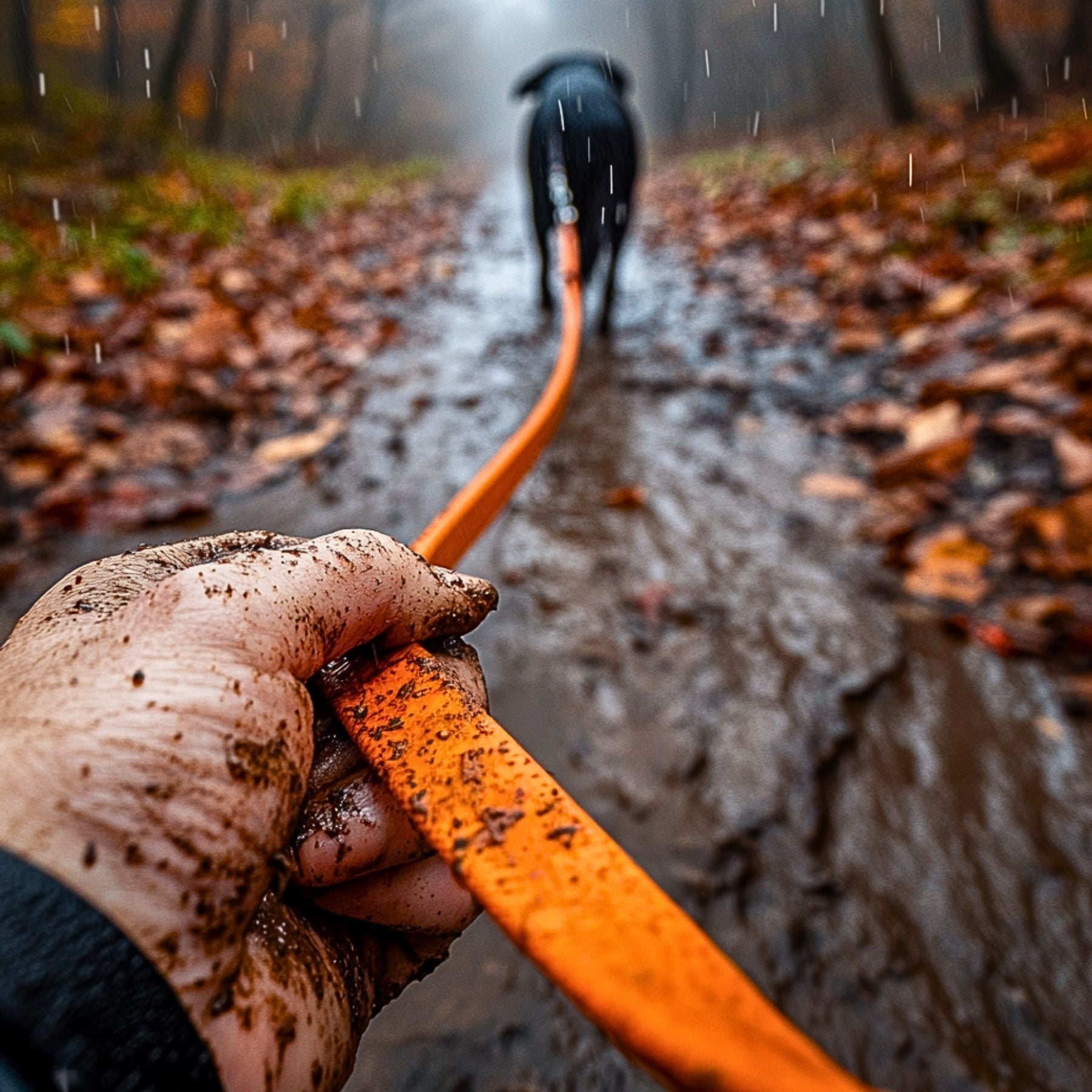
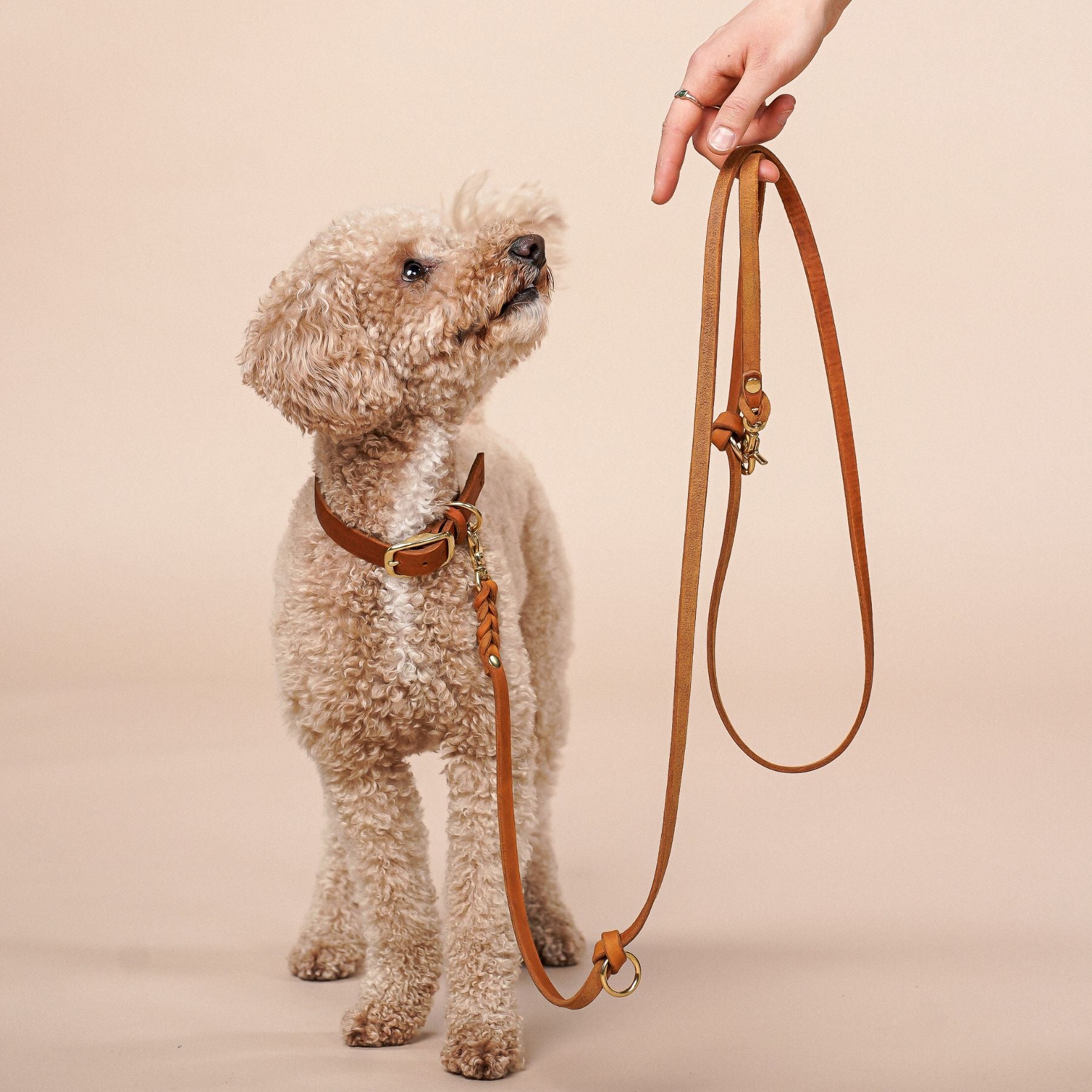
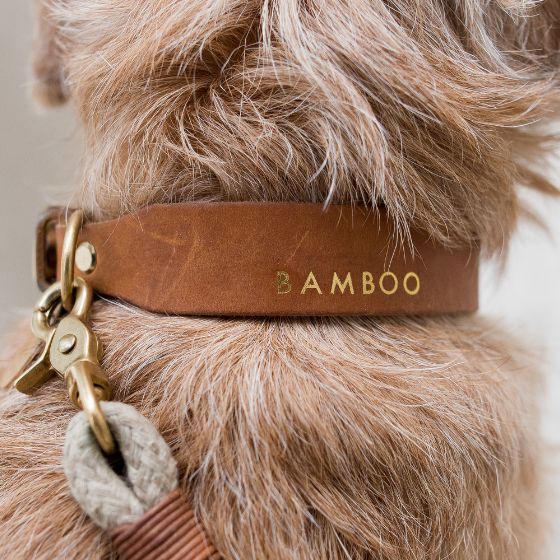

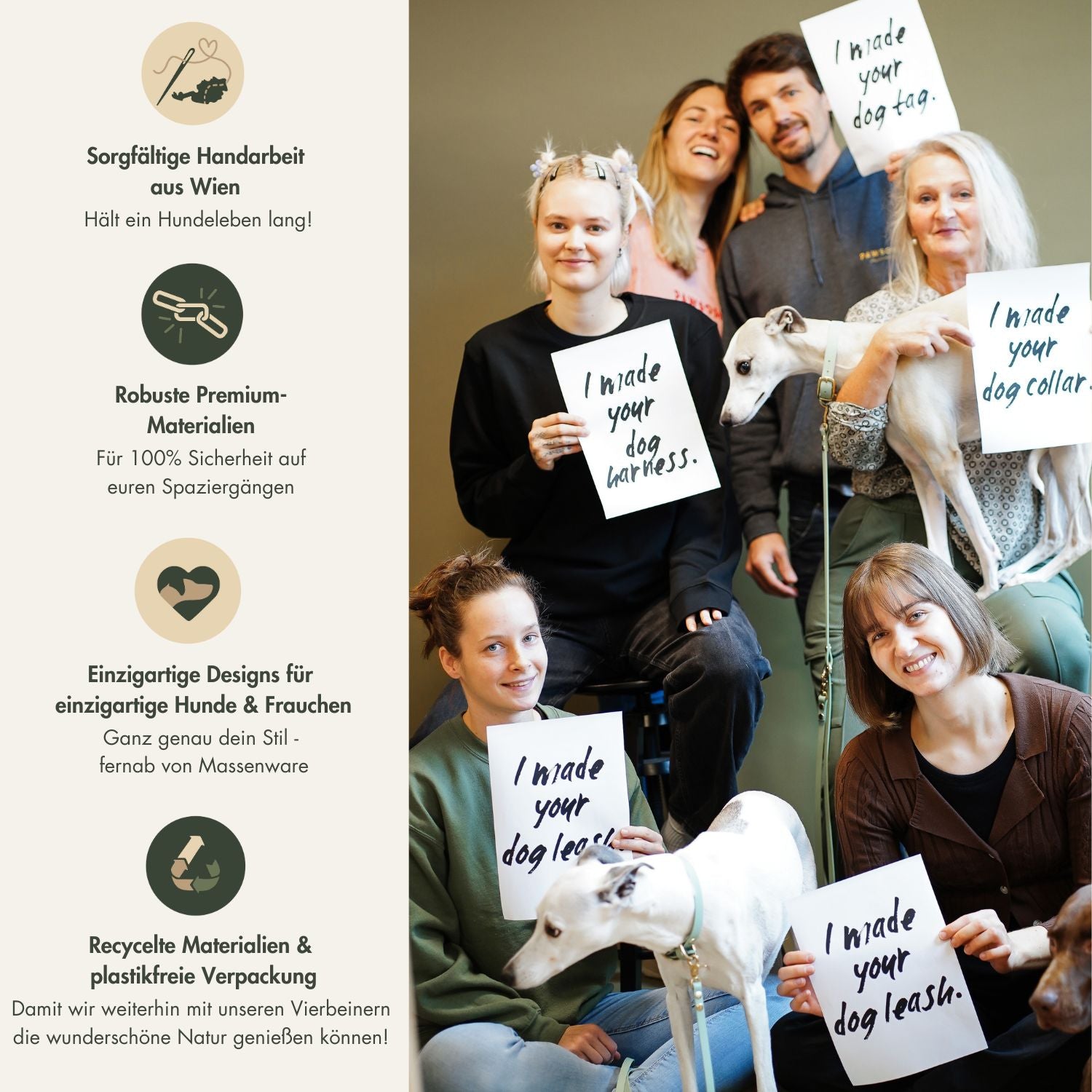
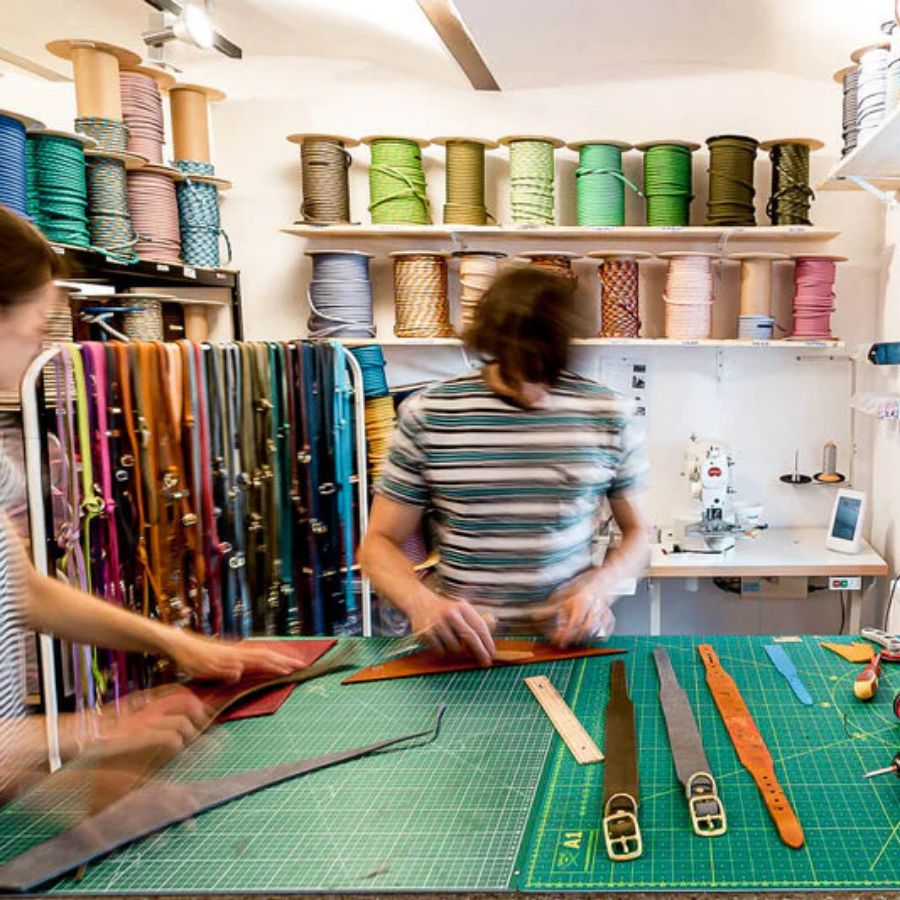
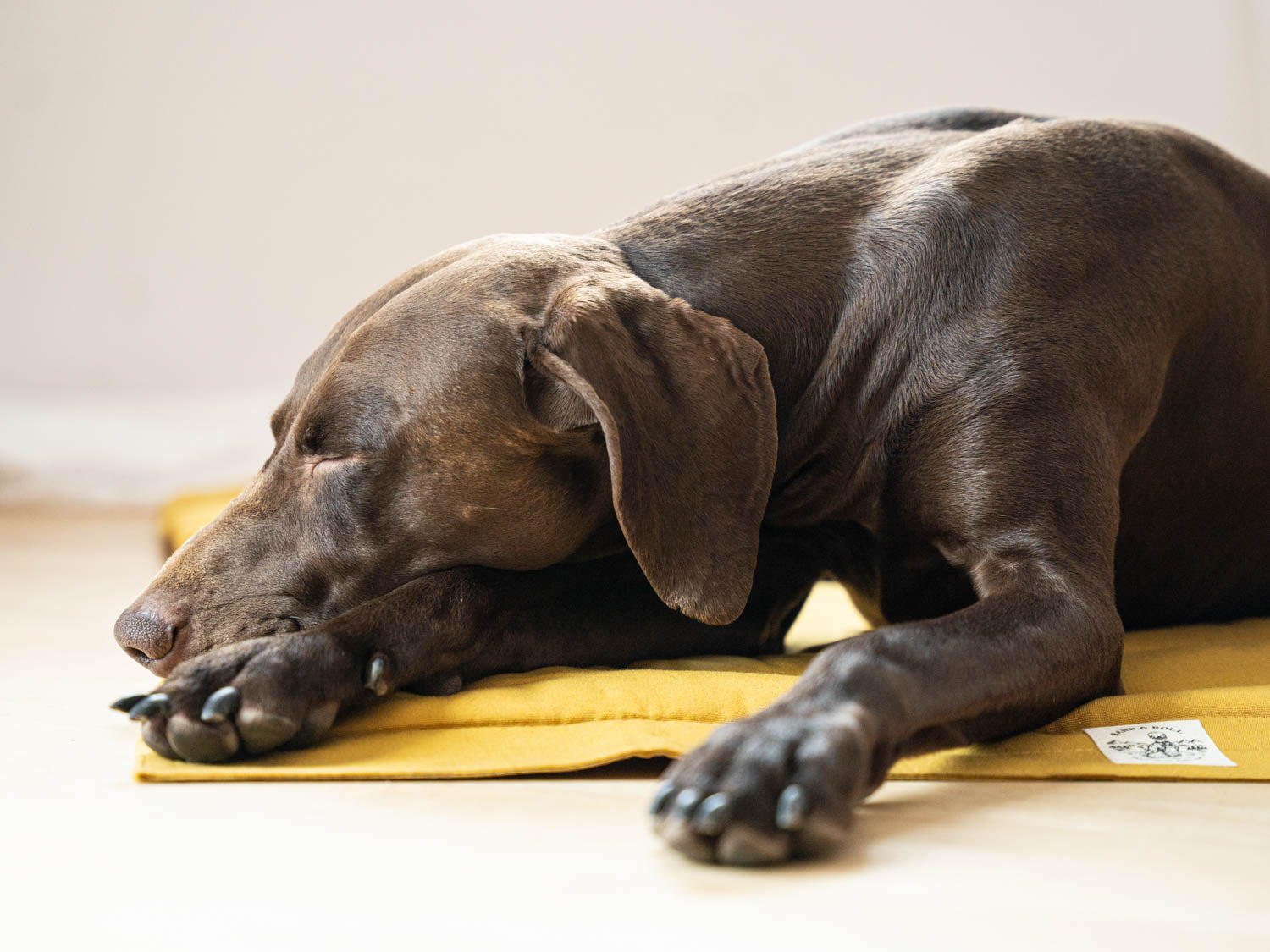
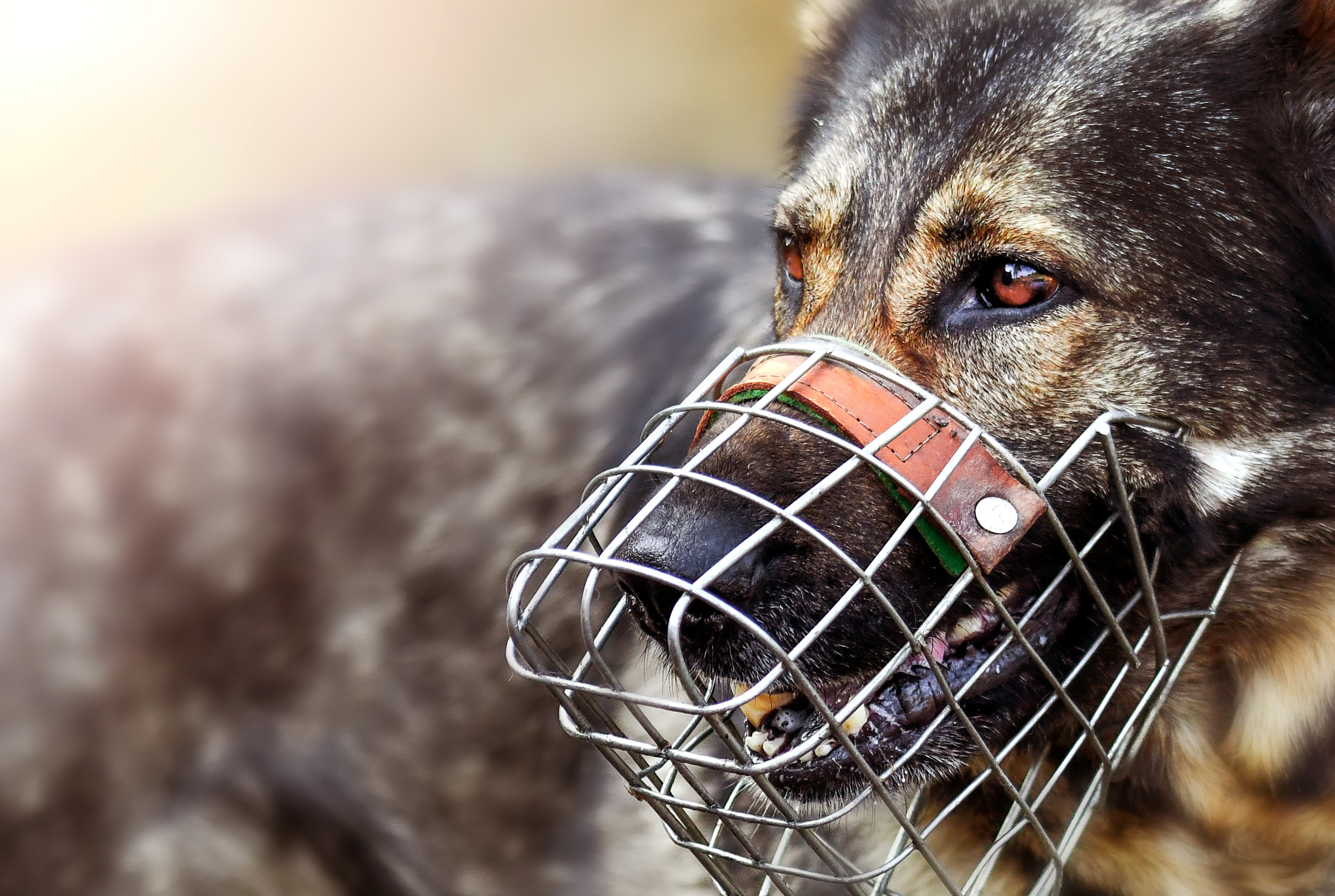

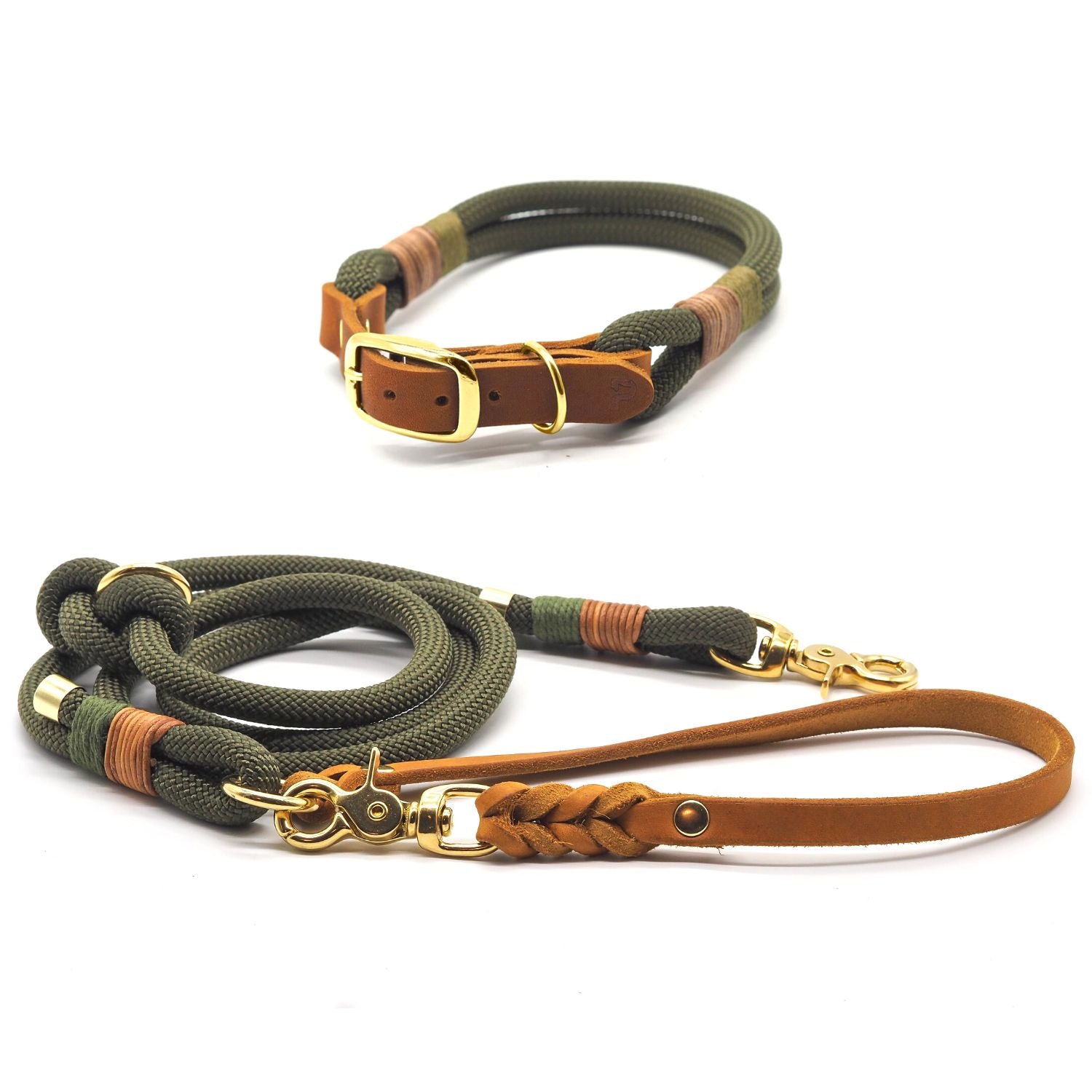

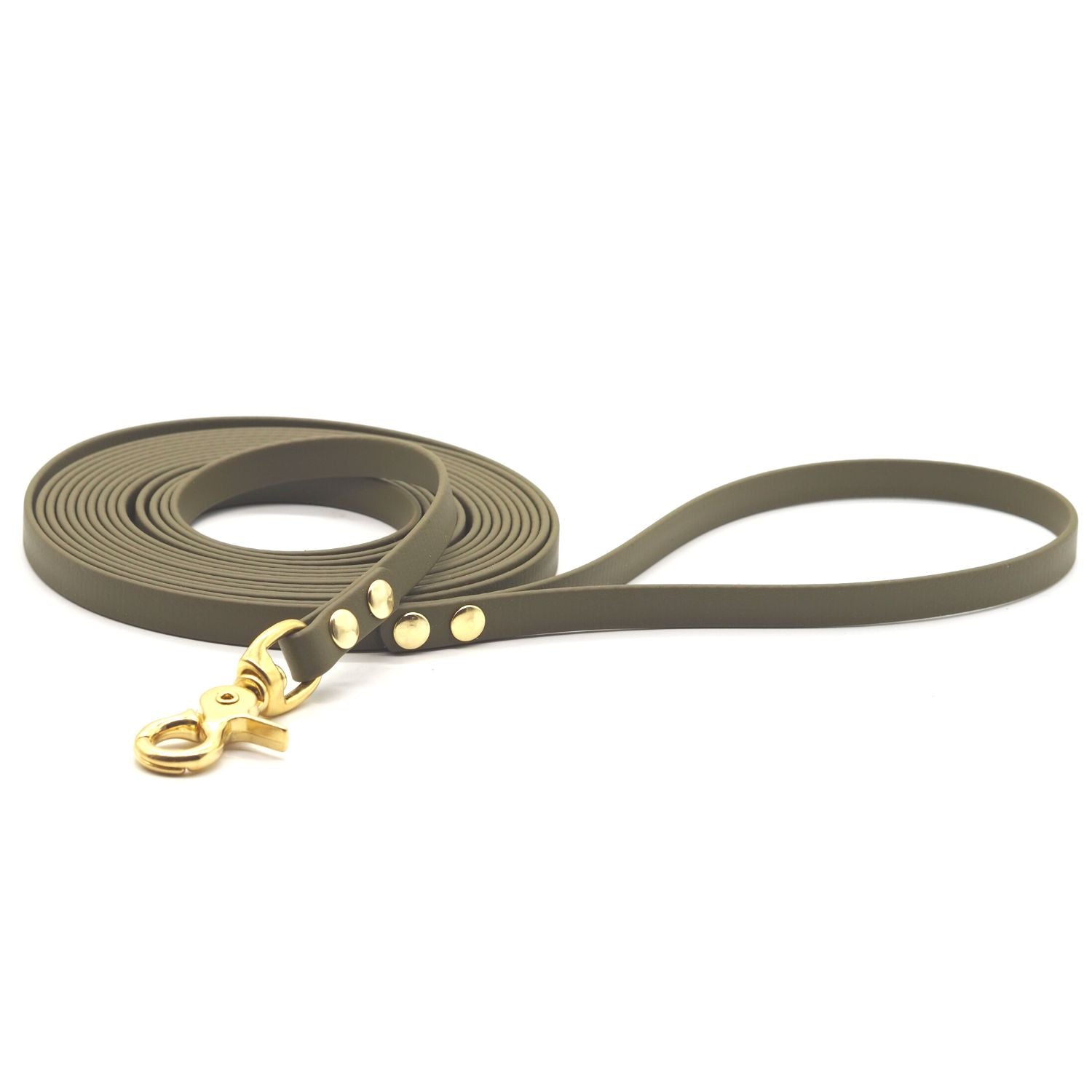


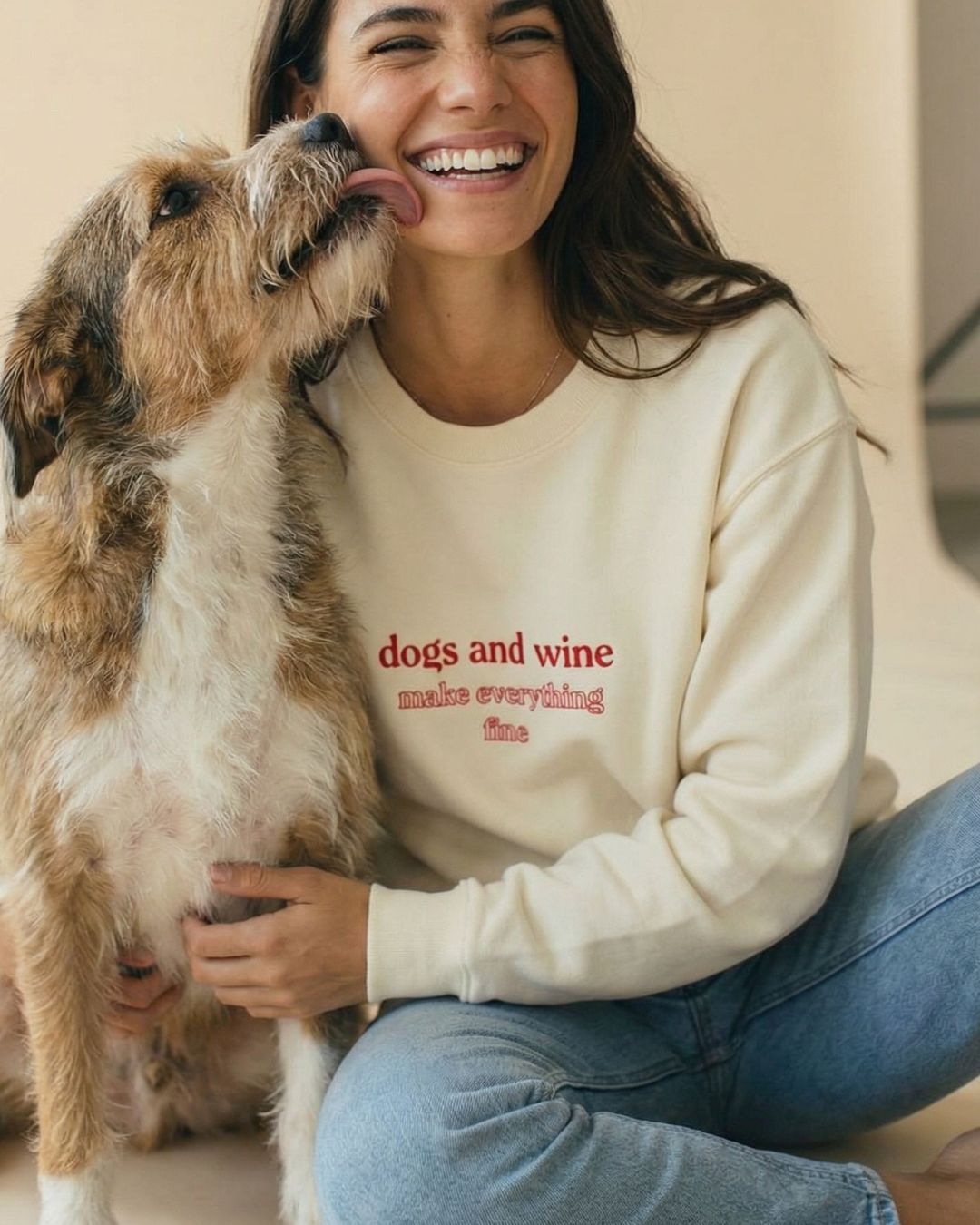
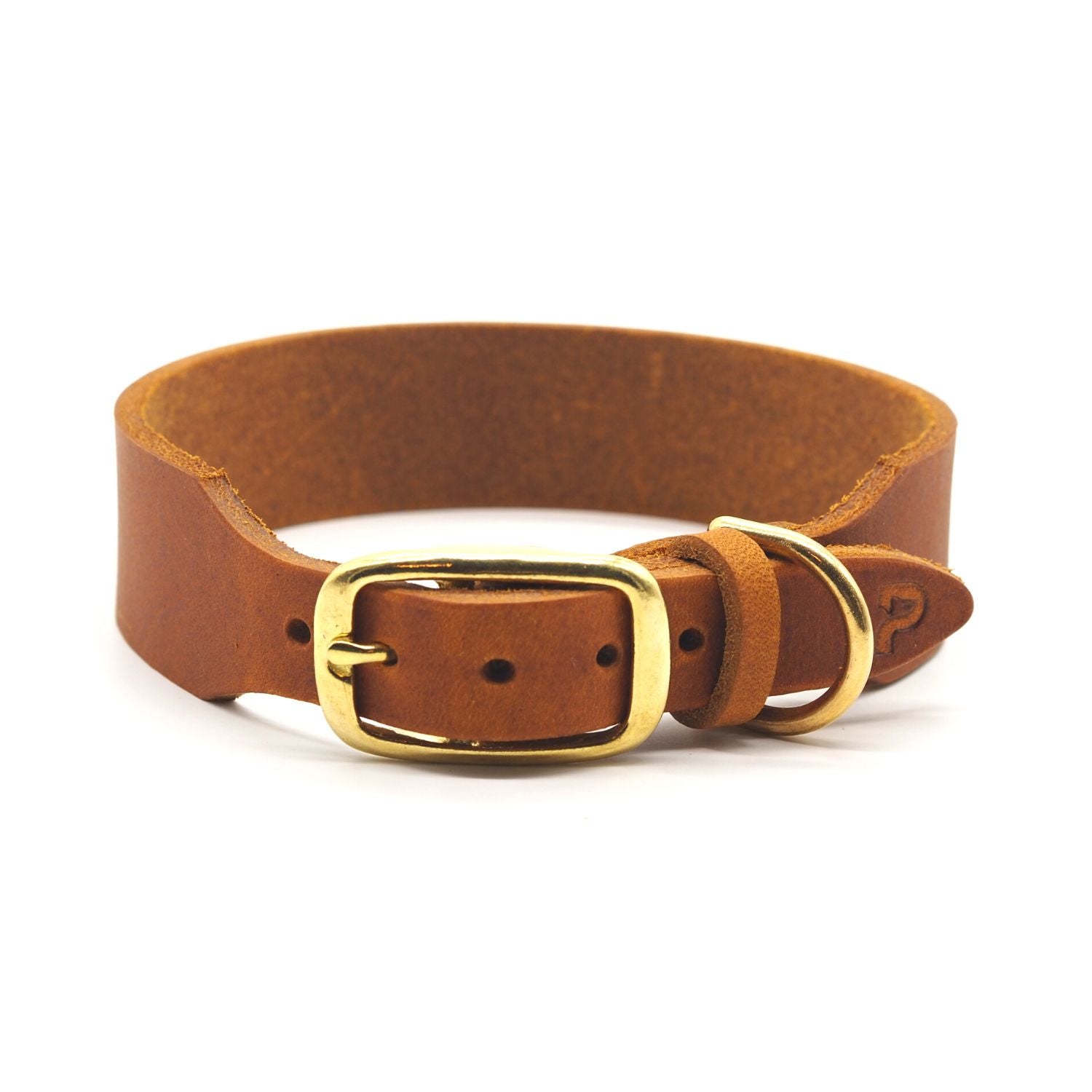


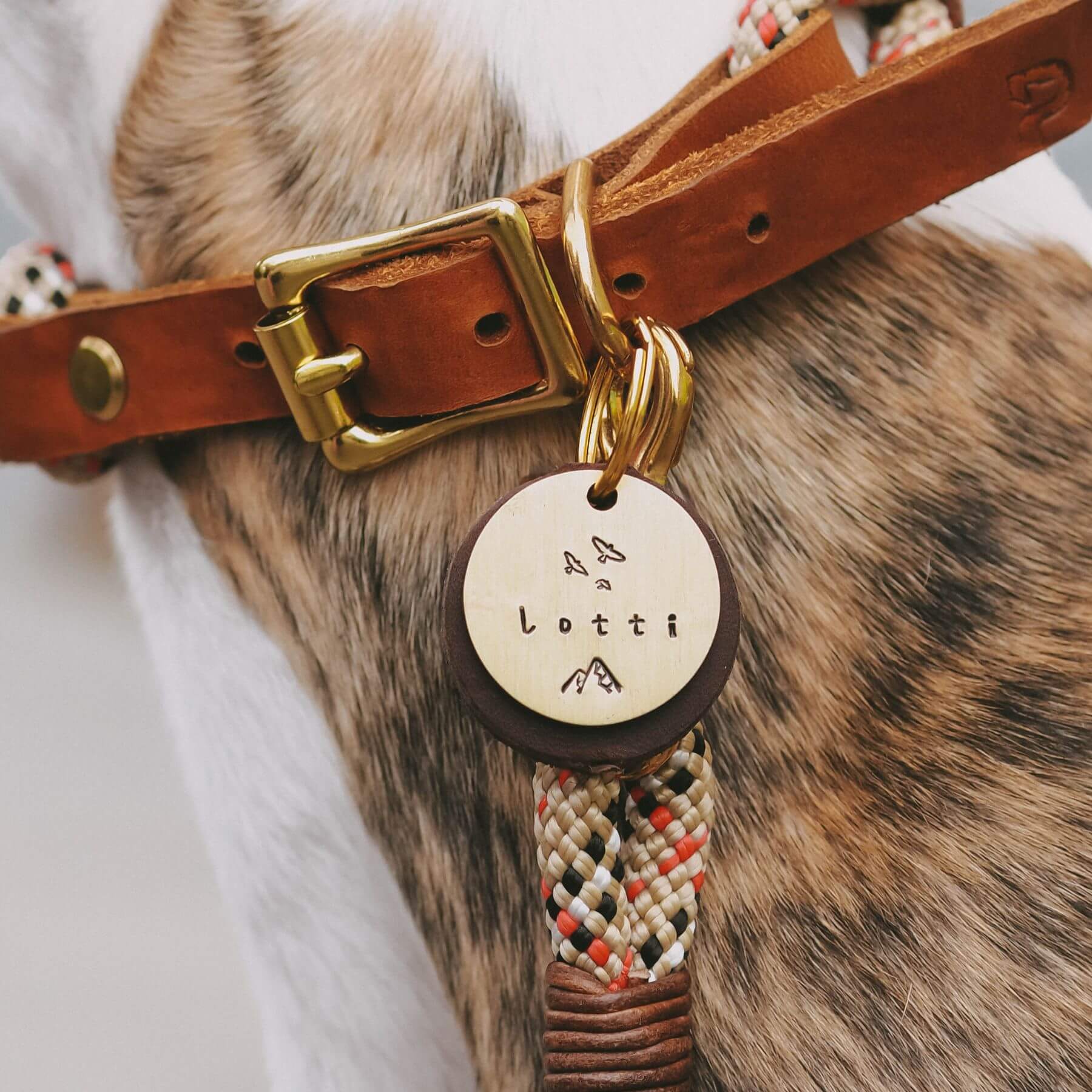




Leave a comment
All comments are moderated before being published.
This site is protected by hCaptcha and the hCaptcha Privacy Policy and Terms of Service apply.